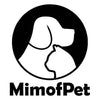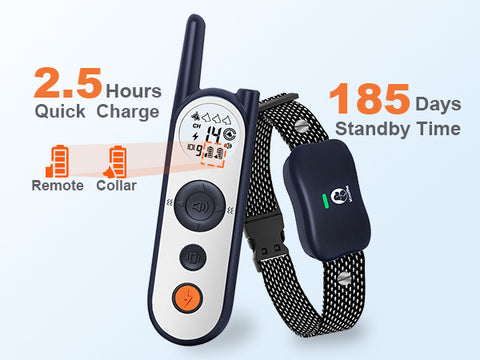The development history of smart pet products
The development of smart pet products has evolved with advancements in technology and the growing demand for innovative solutions to enhance the well-being and care of pets. The history of smart pet products can be traced through several key milestones:
-
Smart Collars: The concept of smart collars for pets gained traction with the introduction of GPS tracking and activity monitoring features. These collars allowed pet owners to track their pets' whereabouts and monitor their activity levels through smartphone apps.
-
Automated Feeders: The development of automated pet feeders integrated with smart technology enabled pet owners to schedule and dispense food portions remotely, ensuring that pets received timely and controlled meals even when their owners were away from home.
-
Smart Toys: Interactive and app-controlled toys for pets emerged, offering features such as remote operation, built-in sensors, and even cameras that allowed pet owners to engage with their pets from a distance.
-
Health and Wellness Monitors: Smart pet products expanded to include monitors for tracking vital signs, such as heart rate, temperature, and activity levels, providing pet owners and veterinarians with valuable health data.
-
Smart Pet Environment Control: Innovations in smart technology led to the development of products that enabled pet owners to remotely control environmental factors such as temperature, lighting, and air quality in their pets' living spaces.
-
Integration with Home Automation: Smart pet products began to integrate with popular home automation systems, allowing seamless coordination with other smart devices and enabling pet owners to manage their pets' needs alongside their household activities.
-
Artificial Intelligence and Behavior Analysis: Advances in artificial intelligence and data analytics have been leveraged to create smart pet products capable of analyzing behavioral patterns and providing insights into pet health and well-being.
As demand for smart pet products continues to grow, the industry is likely to see further advancements in areas such as remote training and behavior modification, personalized nutrition management, and enhanced communication between pets and their owners through voice and video interfaces. The goal of these developments is to provide pet owners with greater convenience, insight, and control over the care and happiness of their beloved companions.





